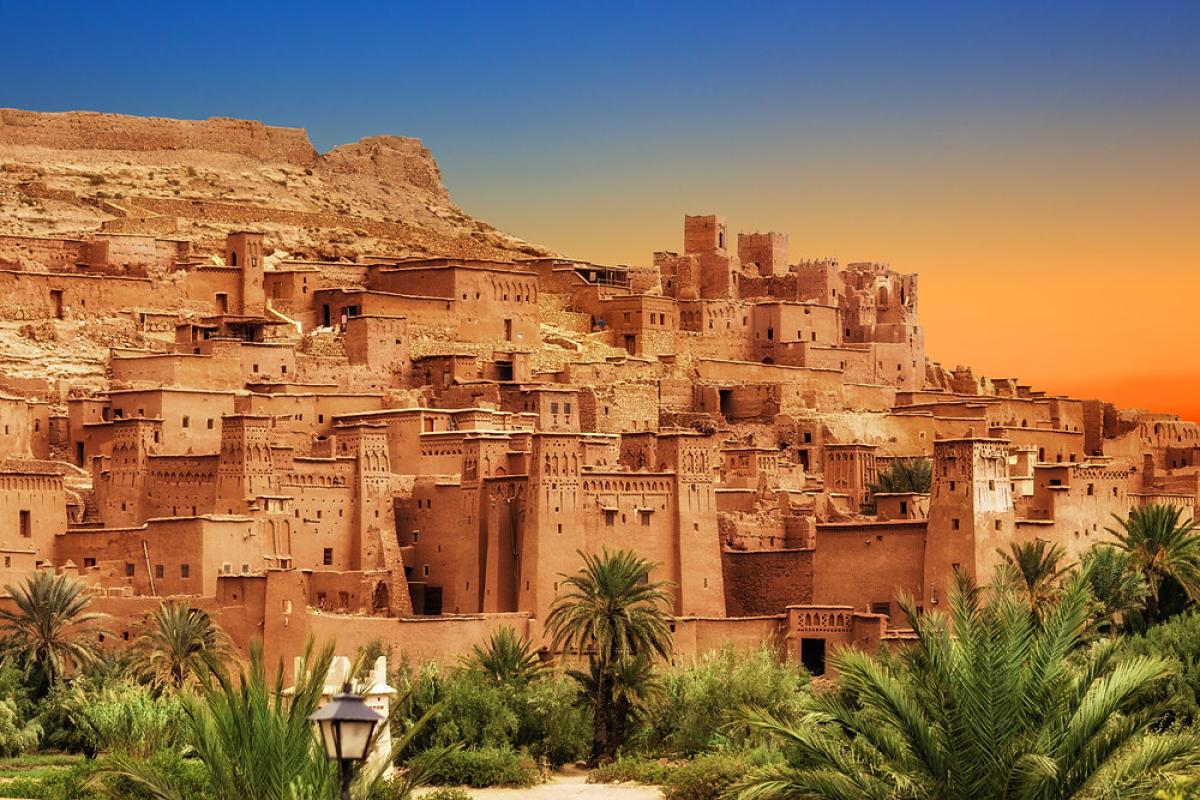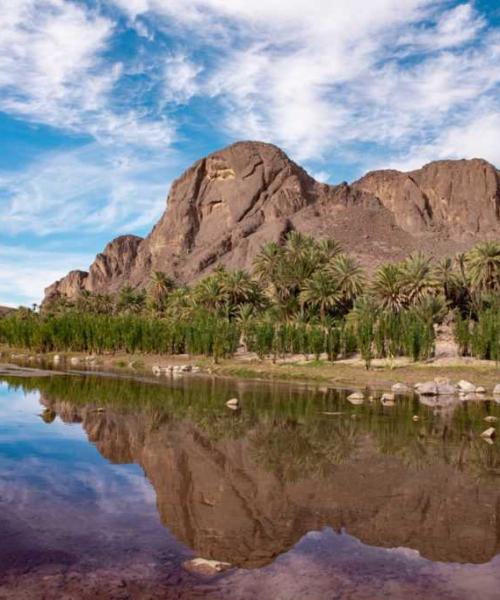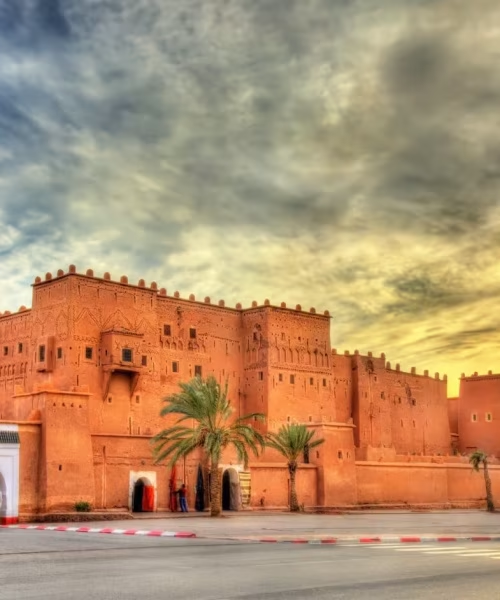
Aït Ben Haddou, a UNESCO World Heritage Site since 1987, is a stunning mud-brick fortress near Ouarzazate, Morocco. This iconic landmark reflects Saharan trade routes’ history and Berber architecture, bridging Marrakech and sub-Saharan Africa. Explore its timeless beauty!
History and Significance
Origins: The kasbah dates back to the 17th century, though the site had been inhabited for centuries as a key stop on the caravan route between Marrakech and Sudan via the Draa Valley.
World Recognition: UNESCO listed it as a "living testimony to social and cultural life" and the quintessential representation of southern Moroccan architecture.
Architectural Style
Materials Used:
Built entirely from local clay and wood, giving it a distinctive golden hue that blends with the desert environment.
Features multi-story houses, a mosque, communal squares, and a collective granary (igoudar) at the highest point for food storage.
Smart Design:
Tiered Distribution: Buildings clustered on a hillside, providing flood protection and panoramic views.
Natural Ventilation: Structures oriented according to wind and sun patterns for cooling.
Cinematic Role
The kasbah became "Hollywood of the Desert" because:
It hosted major films like "Lawrence of Arabia" (1962), "Gladiator" (2000), and "Game of Thrones".
Its aesthetic value as natural scenery for historical and epic scenes.
Tourism and Visits
Visiting Hours: Year-round, but avoid hot summer months.
Suggested Activities:
Explore narrow alleys and climb the hill for valley views.
Visit the nearby Cinema Museum to see filming locations.
Accommodation: Local hotels like "Hotel La Fibule d'Or" offer traditional stays.
"When you enter the kasbah, you hear whispers of ancient caravans and touch history made of clay and sun" — Local tour guide.
Conclusion
Ait Ben Haddou isn't just historical ruins, but a symbol of living Moroccan heritage. It remains essential for history and cinema enthusiasts, and a testament to human ingenuity in adapting to the desert.




